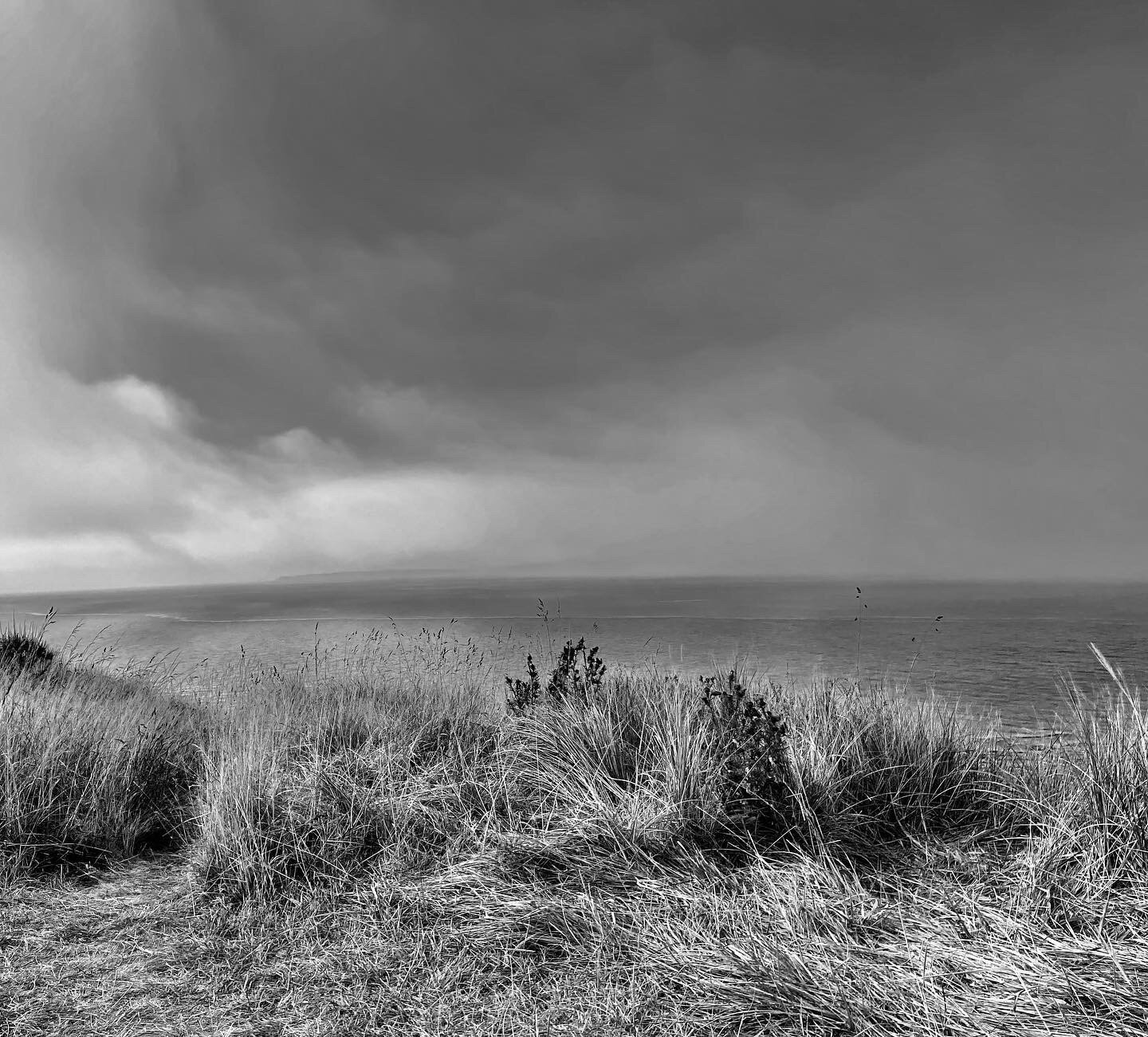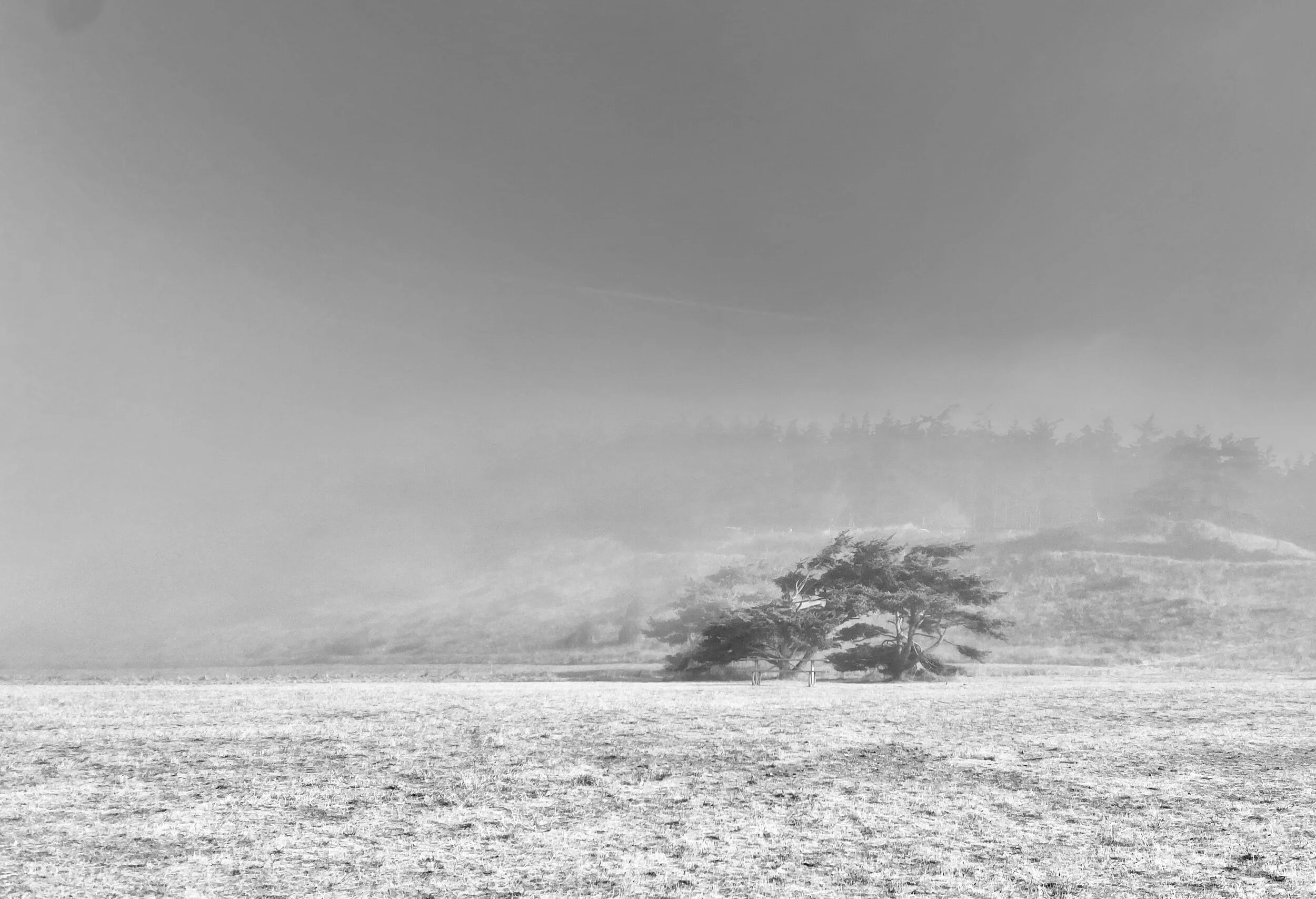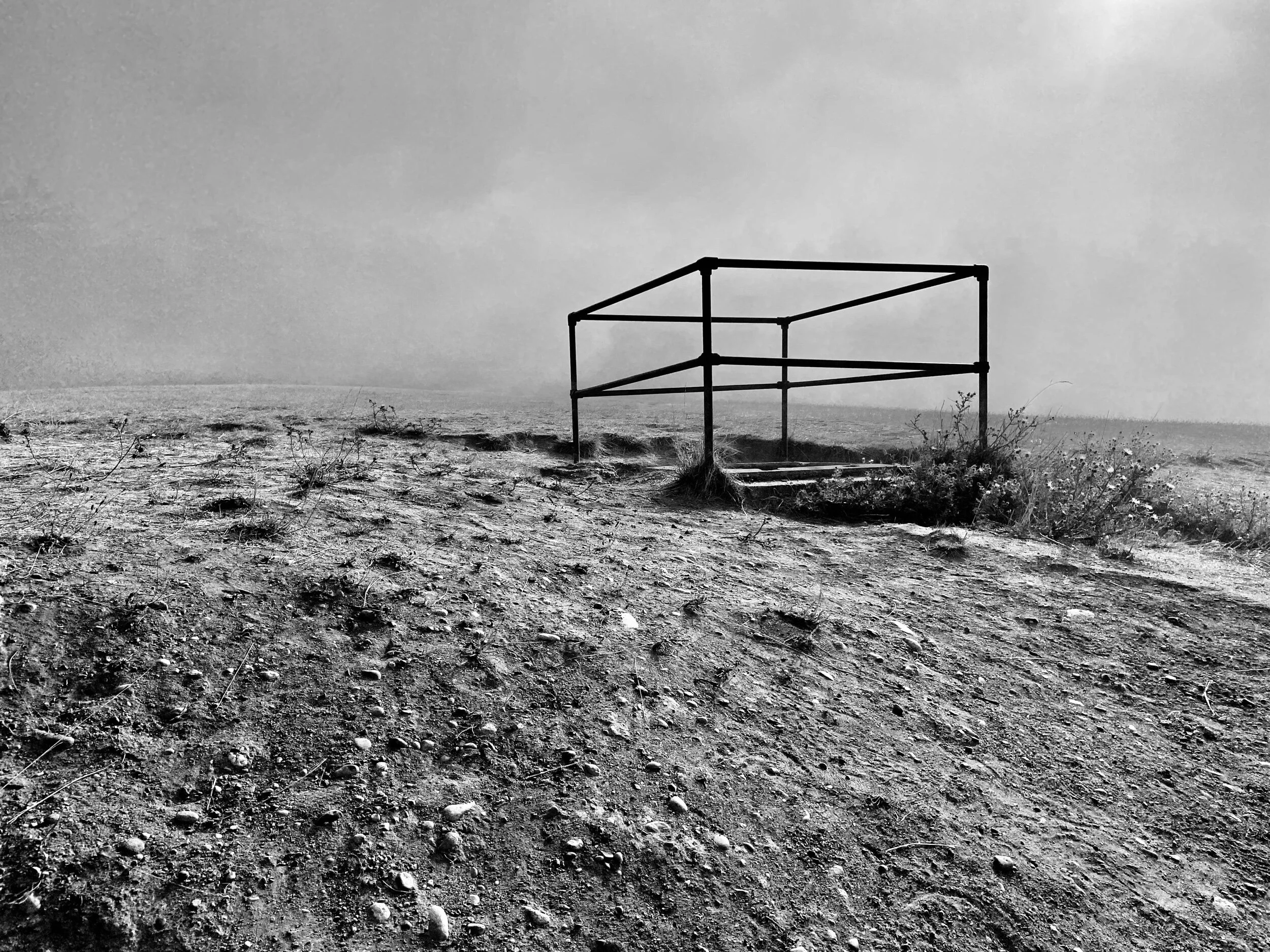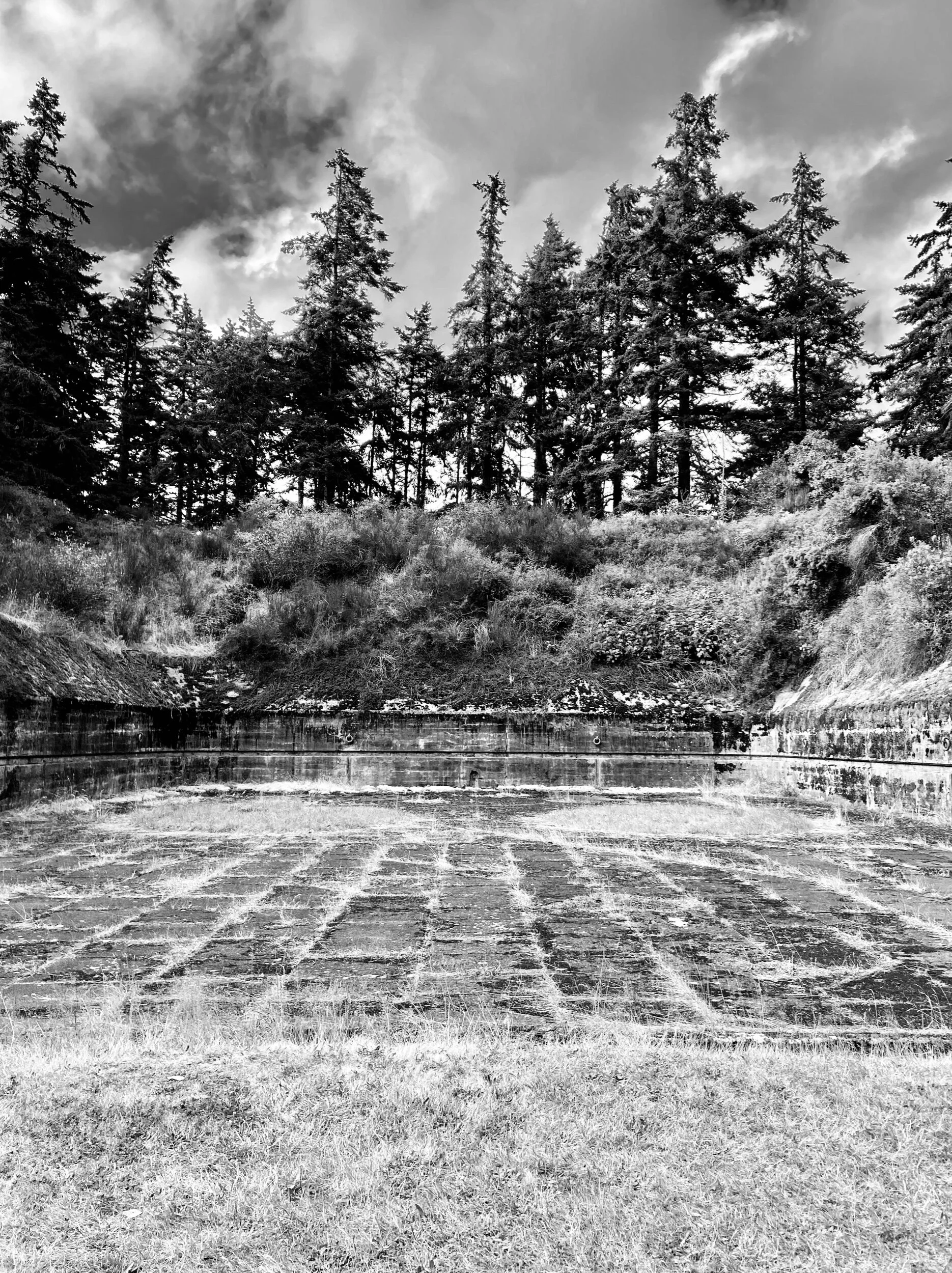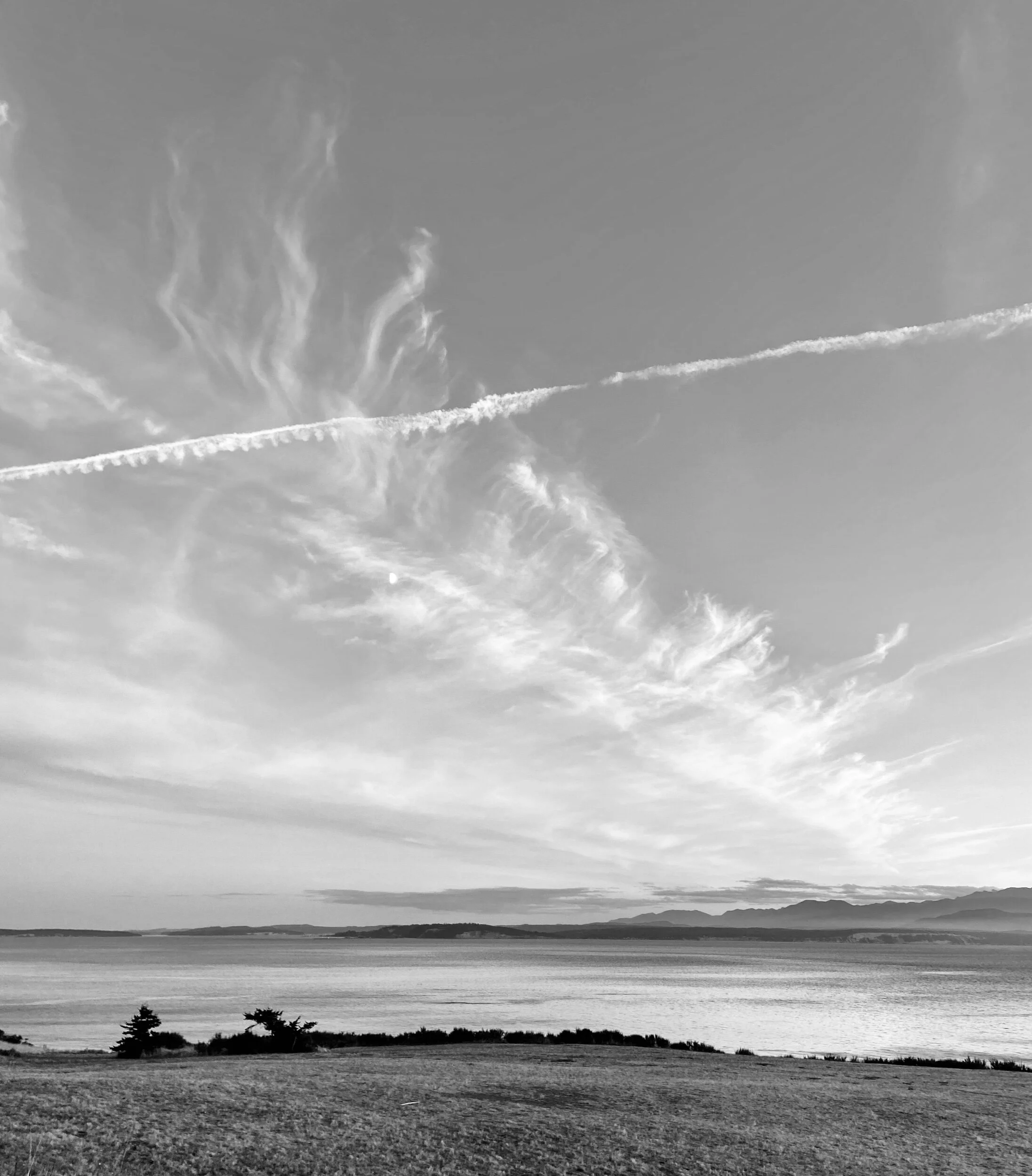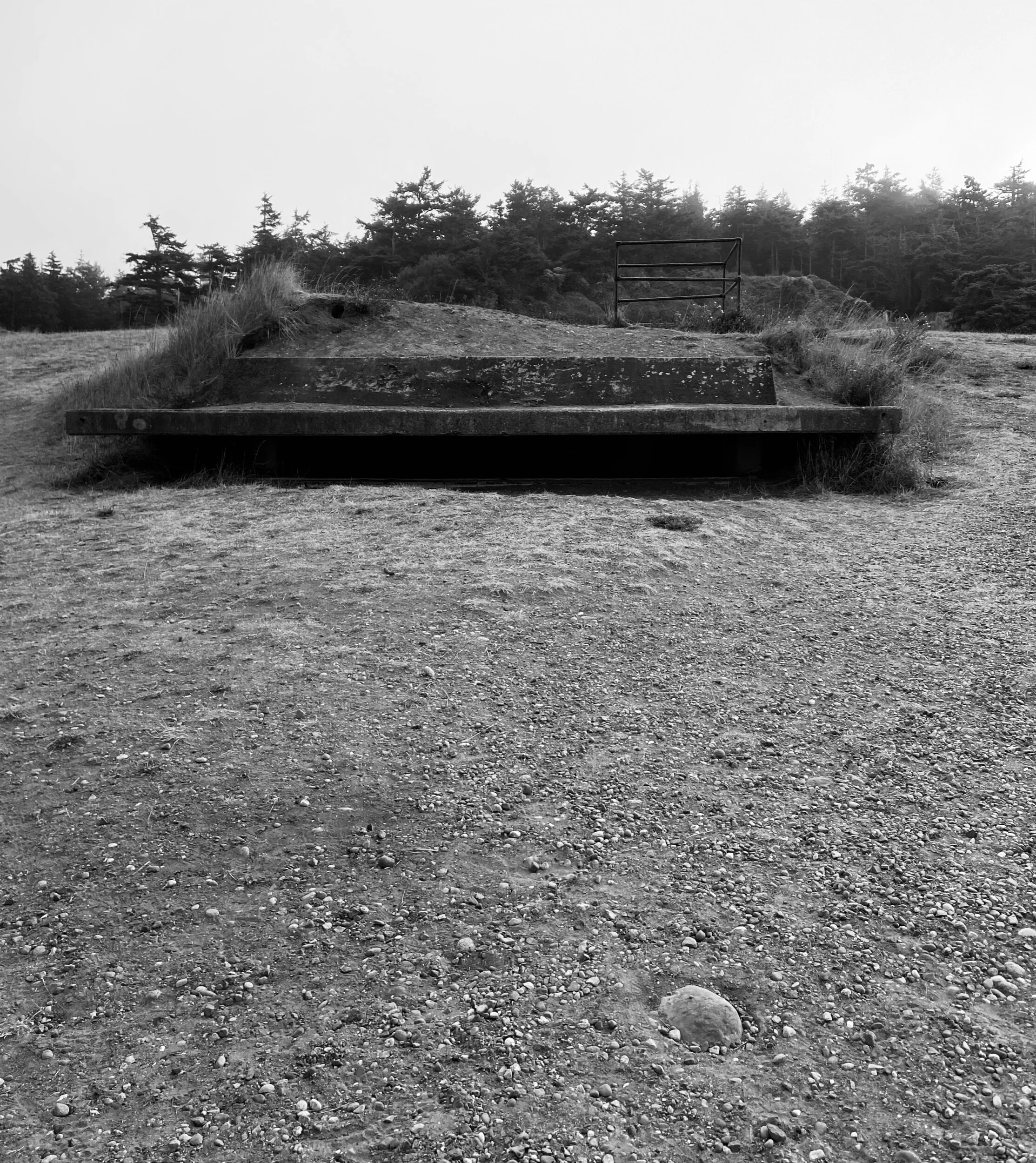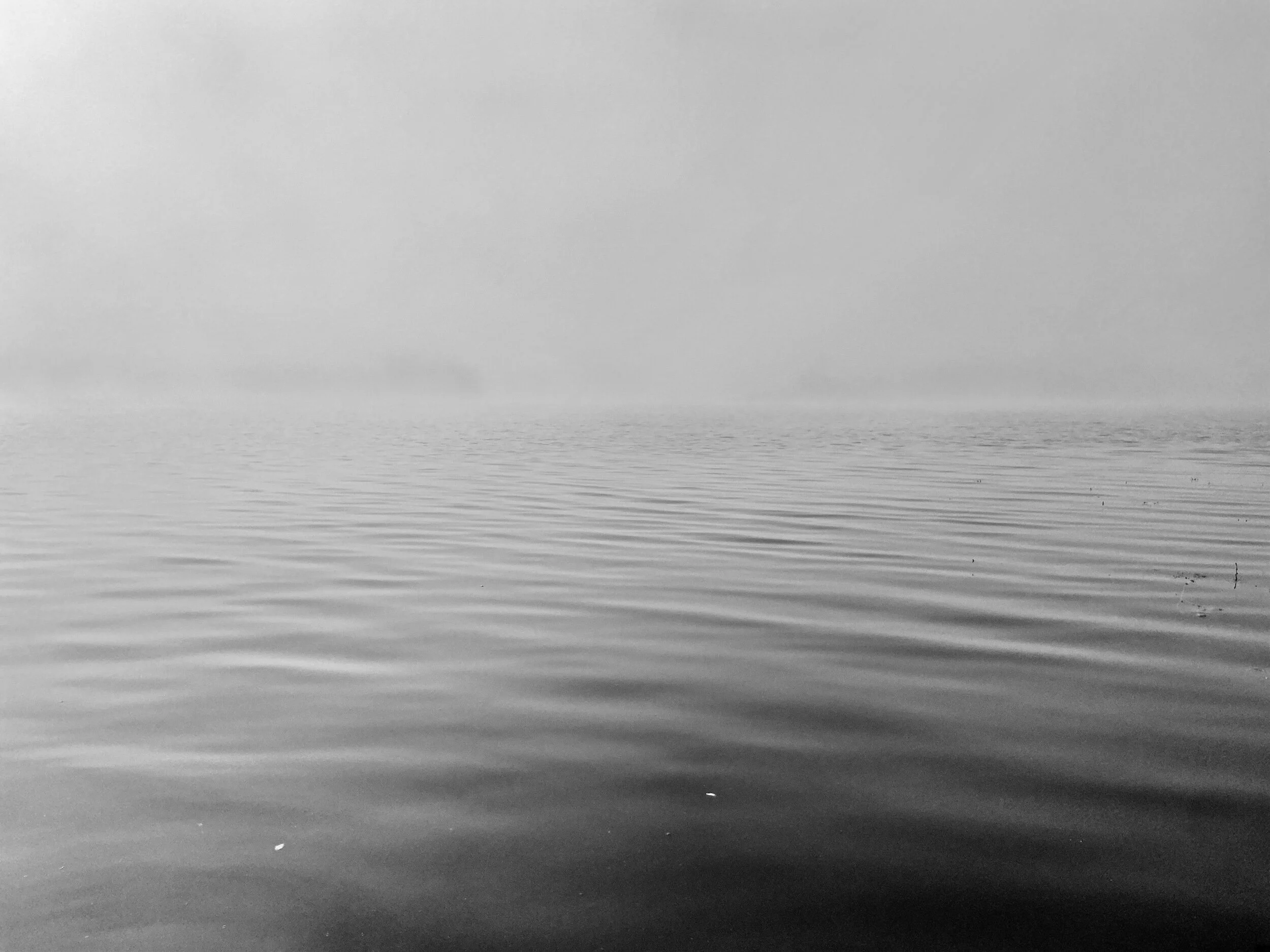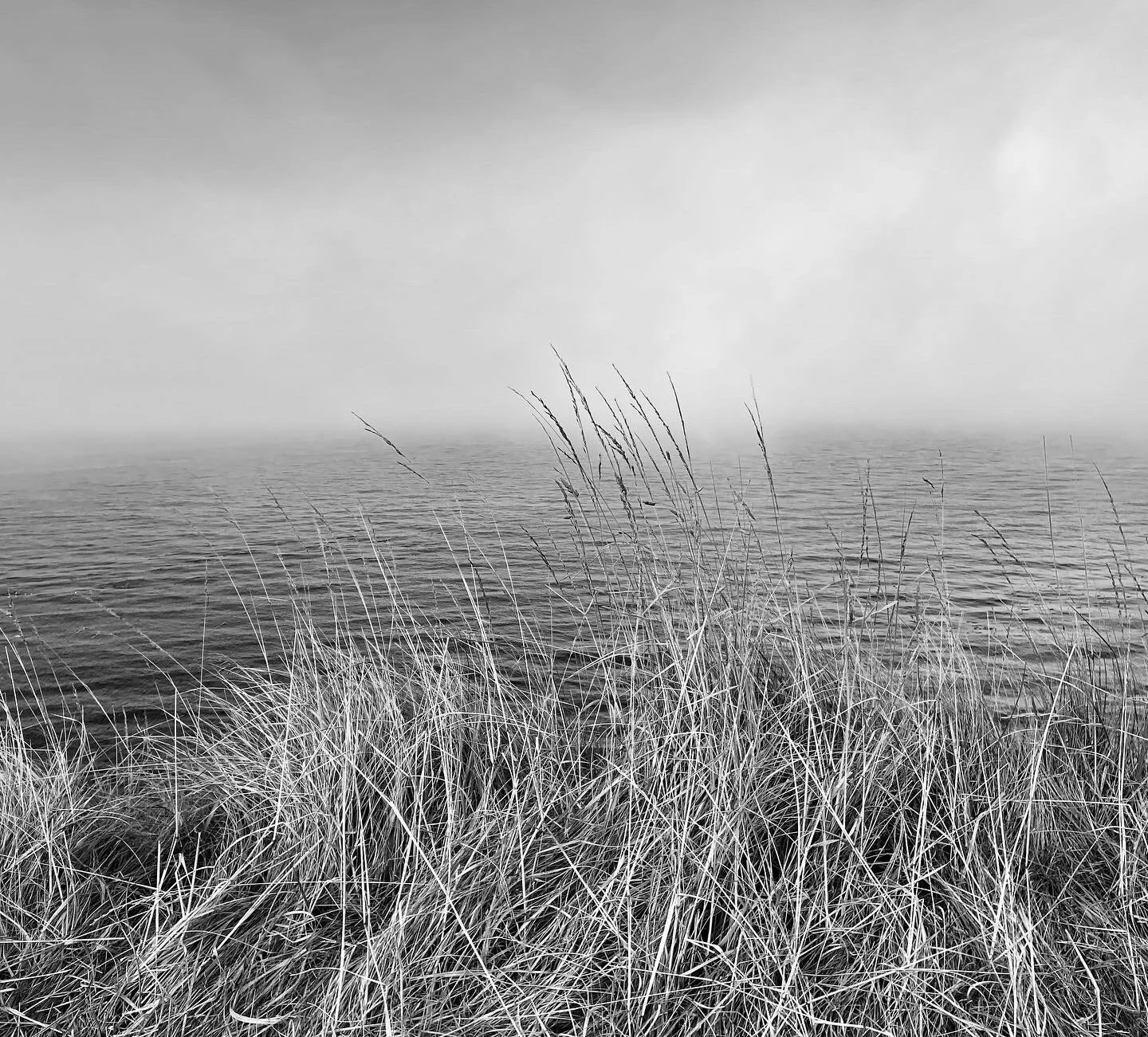I began planning my escape when Covid-19 arrived. And, I have successfully broken loose, in small, analog instruments of time, on three occasions, for 72 hours or less, masked and sanitized and self-sufficient.
While away, I plan the next escape. These are not major excursions, just 3.5 hour tactical moves that offer relief from the heat and a significant change of scene. I crave the salt air and the marine layer. To be in it, or better, above it.
Mid-pandemic, safe at home in the Methow Valley, I had the unjustifiable need to put myself in the path of something beautiful and let it change me. I wanted to escape the heat, to get a change of scene, to be invigorated by the salt water, but it's never quite that simple.
The Harbor Defenses of Puget Sound - aka the "The Triangle of Fire" - was built to protect Seattle and Bremerton during WW| and WW||. Almost immediately upon completion, these heavy artillery, land-based installments were rendered obsolete by the invention of battleships and airborne combat. Once the pinnacle of military technology, the “Triangle of Fire” and all associated emplacements have since been put out to pasture as bucolic state parks.
We fortify ourselves. It’s what we do. We name our guns after men, and jets after birds, and ships after women, heavily armed, ready to strike, and waiting for the worst thing imaginable that, in this case, never materialized. These installments defended our harbors, and now stand to harbor our defenses.
I am drawn to these places because they show us our dark side. The "Triangle of Fire" is a war zone that never detonated. These are monuments to the unknown, in expectation of an enemy we were poised to receive for an achingly long time, but never arrived. I am drawn to the poignant edges between land and sea, sea and sky, defender and intruder, the past and the future.
I sit on a high bluff, squarely in the center of a Pacific Northwest summer. Cladded out in a wool hat and down parka, with gun emplacements buried beneath my seat. “Excuse me, are you meditating?” A young girl stops to ask. I scan the Strait of Juan de Fuca with no clear train of thought, just a desire to reconcile our military past, transitional present, and ongoing desire to balance human wants with environmental needs.
There was a full complement of soldiers here. They watched, they waited, they were secret and silent. They were trained to be invisible and yet, they had a marching band, and a bandmaster, and blimps. Blimps and marching bands are not easily hidden. Did they ever play the reveille? Or fly the dirigible? Or was everyone sworn to be silently concealed? How does a band practice in silence? I want to frame the questions, explore the narratives, then taper my voice.
There is a texture and timbre to this place. The gulls cry in a constant circle. Beach grass saws against itself, like so many stringed instruments, while the channel marker chimes against an outgoing tide. I hear the soft sounds, near and far, punctuated by the deep rip of fighter jets rehearsing overhead. We have yet to decommission our fears.
Minor breezes blow apart the early morning marine layers. Even the densest fog is remarkably permeable.
This architecture of war, this illusion of safety. The over-engineered protection of cities, the over-reaction to our perceived vulnerabilities.
Tell me they didn't love it there, the soldiers, staring out to sea for hours on end.
I wonder if they ever saw the green flash. Did the corporeal spot a whale? Did the complement wake one morning to a fata morgana, hovering above the placid surface of the Strait?
There is a story here, but i don't know how to tell it. I am drawn to places like this because of what they reveal about human nature, the human need to explore, and our relentless pursuit to establish, maintain, and defend a sense of place.
Oh, how we wait, and watch, and can't let go.
